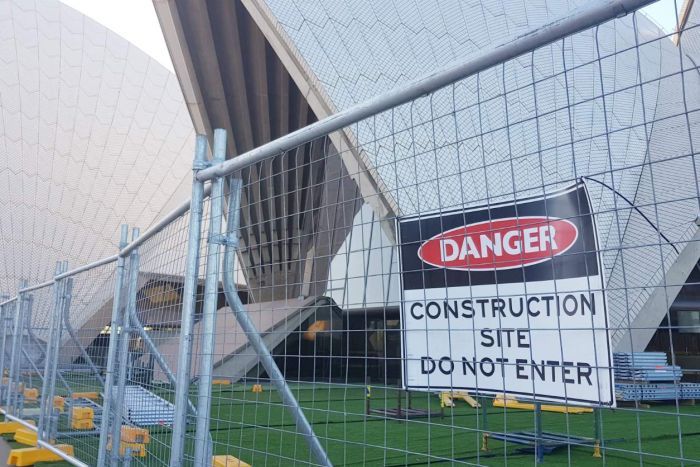Canberra based demolition and excavation company, Samarkos Earthmoving, has been fined the sizeable sum of $60,00 dollars for work safety breaches.
The breaches occurred back in 2015 when Samarkos was contracted to demolish a house previously riddled with 'Mr Fluffy', an asbestos based insulation product. The house was located on Darke street, in the ACT suburb of Torrens.
Unlike a lot of other asbestos based building materials, which usually consist of asbestos fibres in cement, Mr fluffy is made of friable asbestos, which has its fibres exposed. This makes Mr Fluffy extremely dangerous, as fibres can easily become airborne. For this reason the removal of Mr fluffy is strictly regulated and the common practice for its removal is to use special vacuuming equipment.
A roof containing Mr fluffy
My Fluffy never saw wide use in most of Australia (it is still found in some Sydney homes and even recently in the Sydney Opera House); however, Canberra has a significant number of homes containing the product, most famously in its now defunct Radburn Estates.
During Samarkos' ill fated demolition an excavator operator proceeded to demolish the property before workers had a chance to spray the house down with water. Although the friable asbestos had been previously removed in accordance with regulation, ACT health and safety laws also required that the house be sprayed with water before demolition to prevent the spread of dust.
Predictably, after the house was first struck by the excavator, a huge cloud of dust rose into the air. If it contained asbestos fibres this dust cloud would have posed a serious health risk to the neighbouring houses, as well as the Samarkos workers on site. Fortunately, no evidence of contamination has been found.
The Darke street property post-demolition
Samarkos plead guilty to the breaches and because the plea was submitted to the Industrial Magistrate early the penalty was reduced from $80,000 to $60,000.
This case and the hefty financial penalty it carried are a timely reminder of the importance of safely and correctly removing asbestos, particularly highly hazardous friable asbestos.


































